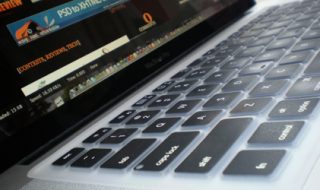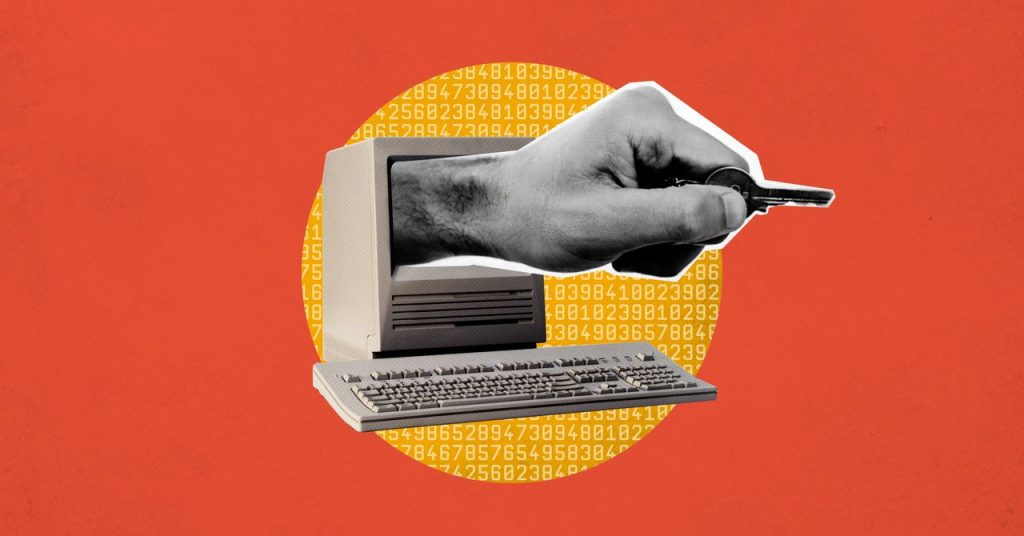
Cryptocurrency has quickly been gaining popularity since it first started a decade ago. The increasing digitization of people’s daily activities has made many of us turn our attention to online platforms and resources, as well as online transactions. However, like many concerns in the digital age, the sustainability and security of a digital currency is often put into question.
Monero (XMR), one of the most secure cryptocurrencies on the market, has put in place several mechanisms to maintain user anonymity and privacy even as transactions are made. A Monero wallet is often used in this case to keep track of digital transactions while at the same time conducting these transactions. However, is there anything else that you can do to ensure the security of your digital wallet?
If you’re interested in learning more, here are a few tips to secure your Monero wallet:
Keep a Paper Wallet
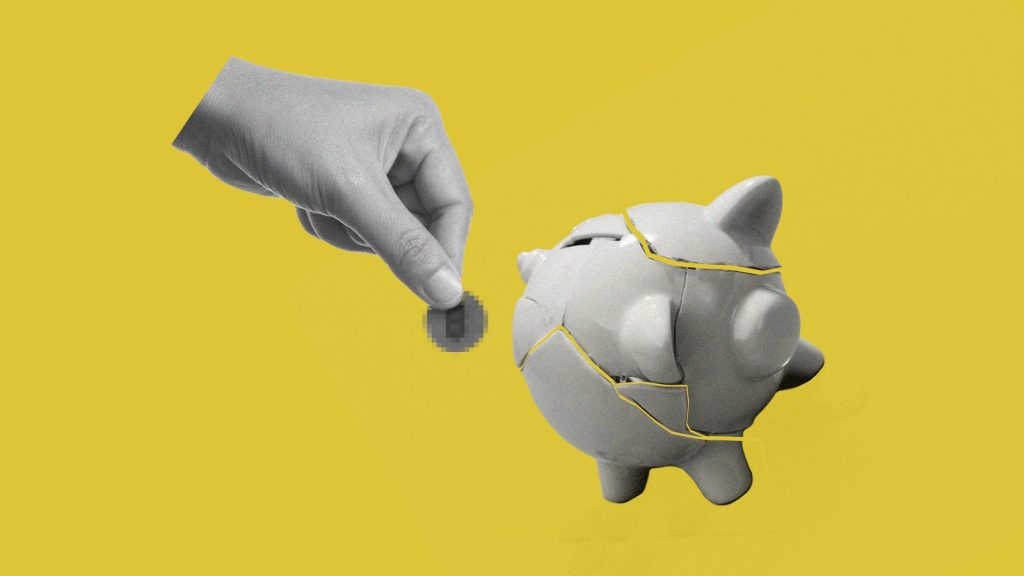
A paper wallet is quite literally a piece of paper that has your security keys written on it. Although Monero wallets already provide you with security keys that are unique to you, putting this down in a place which won’t be easily accessed by anyone is another matter altogether.
In this case, writing down your keys and storing your paper wallet in a secure location, like a vault or even just an actual physical wallet, will help add a layer of security to your digital assets. The only caveat to this is that paper wallets are not exactly fool-proof either, as they are still susceptible to physical damage or can accidentally be misplaced.
You can minimize the possibility of losing or damaging your paper wallet by keeping it in an inconspicuous place that others rarely have access to and is not often exposed to potential damaging factors. Make sure to also remove any identifying marks that will indicate that this is the key to your XMR wallet.
Make Backups of Your Wallet’s Storage
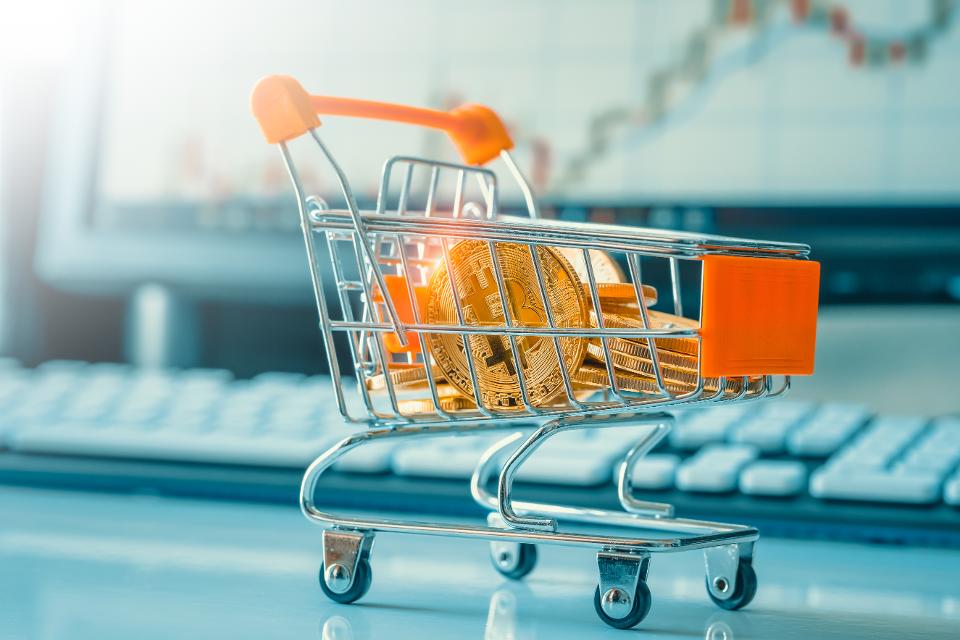
Some people store their XMR wallets in “cold storage.” What this means is that the Monero wallet is placed in a device that is not connected to any network and, therefore, not easy to hack into. Most of the time this is an encrypted USB that users keep closely with them.
However, like the paper wallet, it’s possible for a cold storage wallet to get lost or even purposefully stolen. Users can avoid this from happening by making a backup of the device where you store your wallet. For instance, if you’re storing your wallet’s information in an encrypted USB, have at least three of these at hand in case one of them is corrupted or damaged.
Also remember to keep an inventory of your backup storages. You wouldn’t want to have too many backups that you lose track of them and unwittingly give one to the wrong person. Make sure you know how many backups you have and, if you have multiple wallets, which backups are for which wallet in case you trade in multiple cryptocurrencies.
Don’t Disclose Your Keys
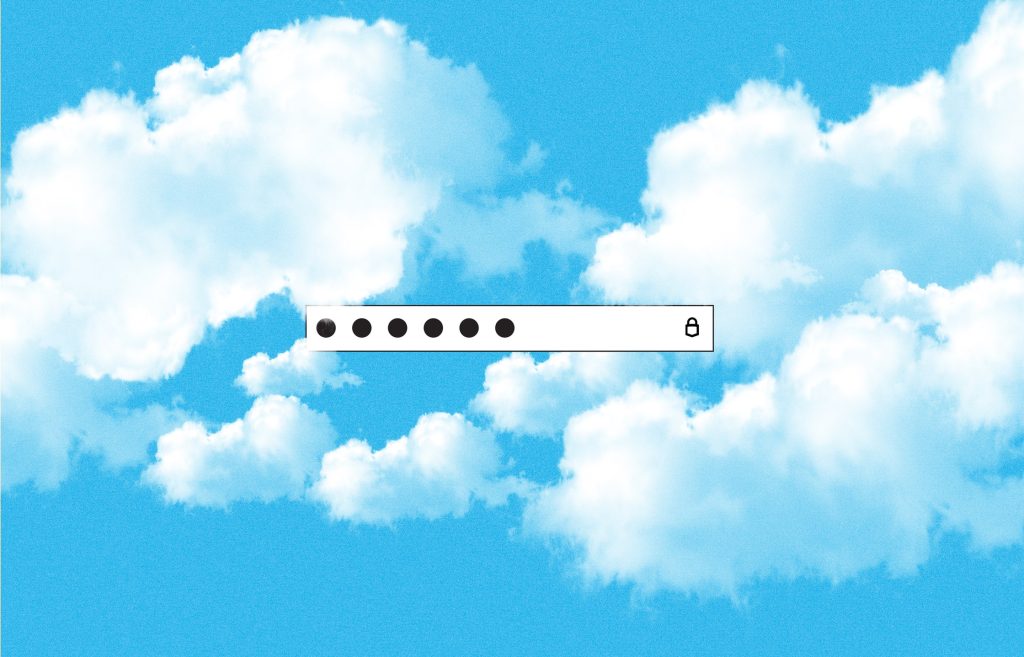
As mentioned earlier, Monero wallets often operate by generating private user keys that are unique only to you. In the worst case scenario that your wallet does get hacked or stolen, it will be difficult for the thief or hacker to fully crack it open without your private keys.
That said, don’t divulge any personal information about your wallet to anyone, not even the support staff of the transaction you’re making. Information you can share and that can be shared to you include a public key to verify your transactions and an address where the transaction will be made. Other than that, no exchanges of security identifiers should be made.
Update Your Wallet Regularly

Although the security of Monero is said to be completely private, sometimes developers will have to conduct hard forks, which is basically resetting the digital currency’s codebase for updates or to undo any attempts to infiltrate the system. Monero schedules two of these yearly, so it’s important to update your wallet before and after these times to avoid any null transactions.
The purpose of hard forks is really to improve user security and anonymity. For example, Monero hard forks in the past have increased ring size, which is the combination of public and private user keys on the blockchain used to unlock a wallet. This upgrade has significantly improved the user experience and data security.
Conclusion
Monero wallets are constantly keeping up with changes in the ever-evolving landscape of digital currencies. You can stay on track by taking note of these tips on how to secure your wallet and safeguard your information and gains from potential outside attacks.
Whether you decide to store your keys in a physical device or keep it digital, take note of the accessibility and security of where you decide to put your wallet so that you can make the most out of your crypto experience.


